Why You Should Wear a Mouthguard – Dealing with Dental Trauma
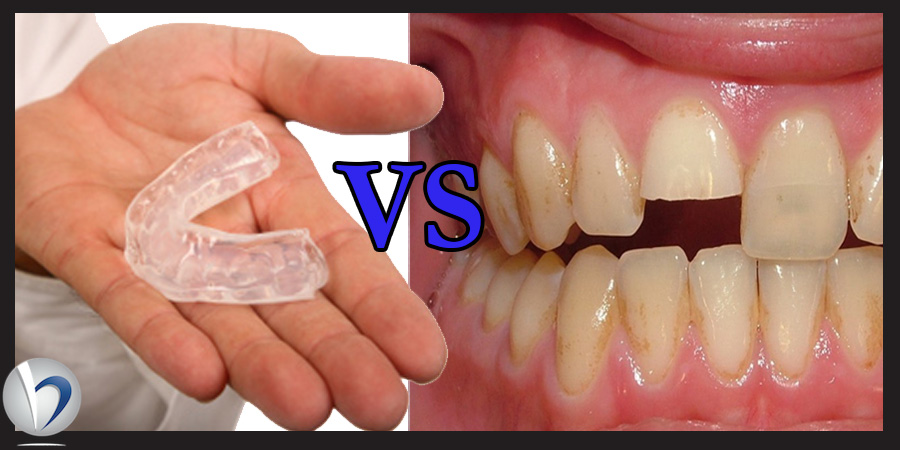
“Mom, I don’t need a mouthguard. No one ever gets hurt.” This is the commonly held view of most kids in sports today. Many think that wearing a mouthguard is not cool. Thinking about it clearly, what really is not cool is getting your teeth knocked out. According to the Academy of General Dentistry, 15 million Americans suffer dental injuries and 5 million teeth are avulsed (knocked out) each year from sports-related injuries. During a single athletic season, athletes have a 1 in 10 chance of suffering a facial or dental injury. The fact is that injuries to the face occur frequently and your teeth can be protected if you are wearing a mouthguard. The American Dental Association has published articles that show that wearing a mouthguard has been shown to reduce the risk of sport-related dental injuries.
As a private practice orthodontist practicing at Bruner Orthodontics in Redmond, WA and Duvall Orthodontics in Duvall, WA, I often get calls from my dental colleagues asking me for help in treating patients that have had mouth injuries. When something hits your teeth at high velocity and high force, your teeth will break (fracture) or be knocked out (avulsed). There are often concomitant injuries to the surrounding soft tissue (lips and face) and bones of the jaw and face.
Here are some examples…
CASE #1
These teeth were smashed in at a basketball game and now the young man, who just moments before had a perfect bite, could not get his teeth to come together: The physician at the game did his best to examine the young athlete and to help re-position the teeth. However, it wasn’t until the young man was in my office, examined and made comfortable with adequate anesthesia, that I was able to re-position his teeth back to a more ideal position. His bite improved but, was not restored. Worse, his teeth were now very mobile. The Scientific Literature supports the idea that these traumatized teeth can be splinted back in place. However, the best splints are the ones that allow for some tooth movement. If the teeth are fixed too rigidly, the teeth will ankylose (fuse to the bone). To prevent ankylosis it is desired to splint the teeth in such a way that they can move slightly during normal function. This movement is called physiologic mobility. One of the best splints following trauma is to have fixed orthodontic appliances (braces) with a light gentle arch wire in place.
The physician at the game did his best to examine the young athlete and to help re-position the teeth. However, it wasn’t until the young man was in my office, examined and made comfortable with adequate anesthesia, that I was able to re-position his teeth back to a more ideal position. His bite improved but, was not restored. Worse, his teeth were now very mobile. The Scientific Literature supports the idea that these traumatized teeth can be splinted back in place. However, the best splints are the ones that allow for some tooth movement. If the teeth are fixed too rigidly, the teeth will ankylose (fuse to the bone). To prevent ankylosis it is desired to splint the teeth in such a way that they can move slightly during normal function. This movement is called physiologic mobility. One of the best splints following trauma is to have fixed orthodontic appliances (braces) with a light gentle arch wire in place. This patient will undergo limited orthodontic treatment to stabilize his teeth, and help them to move back into their ideal position without ankylosis.
This patient will undergo limited orthodontic treatment to stabilize his teeth, and help them to move back into their ideal position without ankylosis.

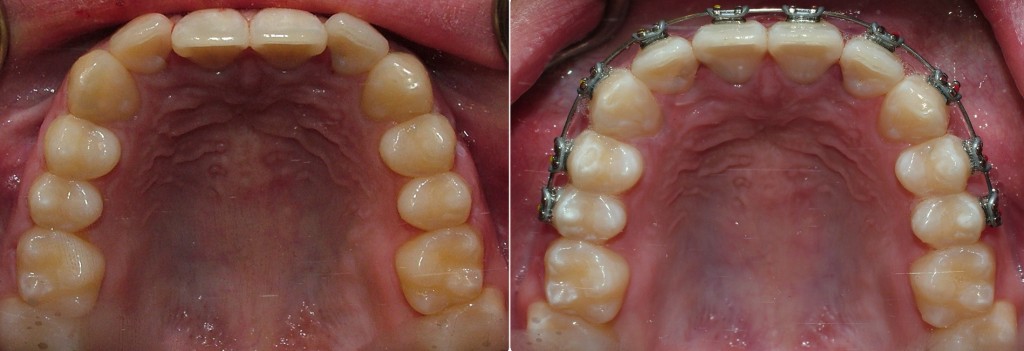
CASE #2
While on vacation, this patient fell and hit her teeth on the bathtub of her hotel room. Her dentist splinted her teeth nicely. She was referred to the endodontist (root canal specialist) to see if she would need endodontic therapy (root canal treatment). The endodontist recognized that the patient’s bite was off and that her splint was too rigid and so the endodontist referred her immediately to me for evaluation.
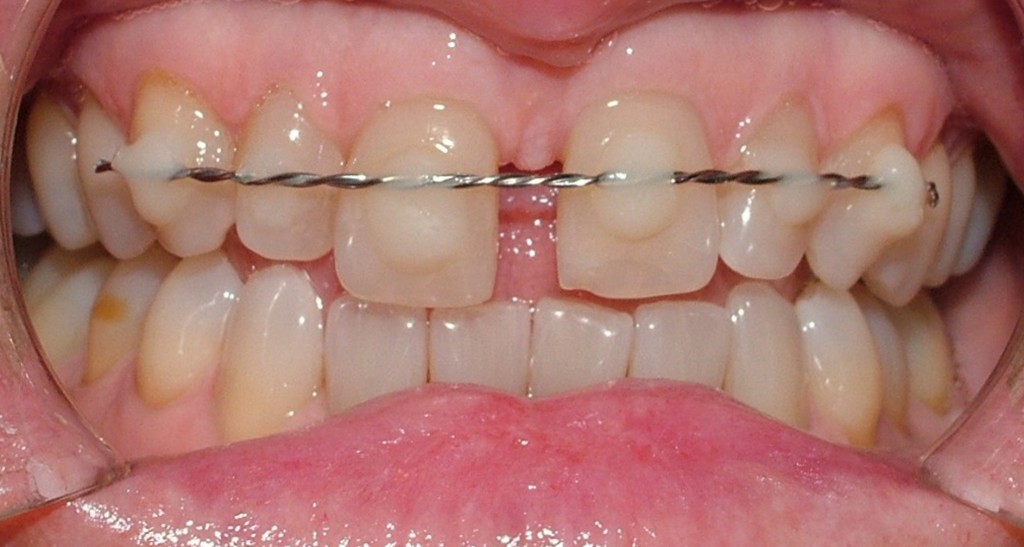 Again, I anesthetized the patient, repositioned the teeth and splinted them in place with braces and a light arch wire that would allow physiologic tooth movement and bite correction during the healing phase.
Again, I anesthetized the patient, repositioned the teeth and splinted them in place with braces and a light arch wire that would allow physiologic tooth movement and bite correction during the healing phase.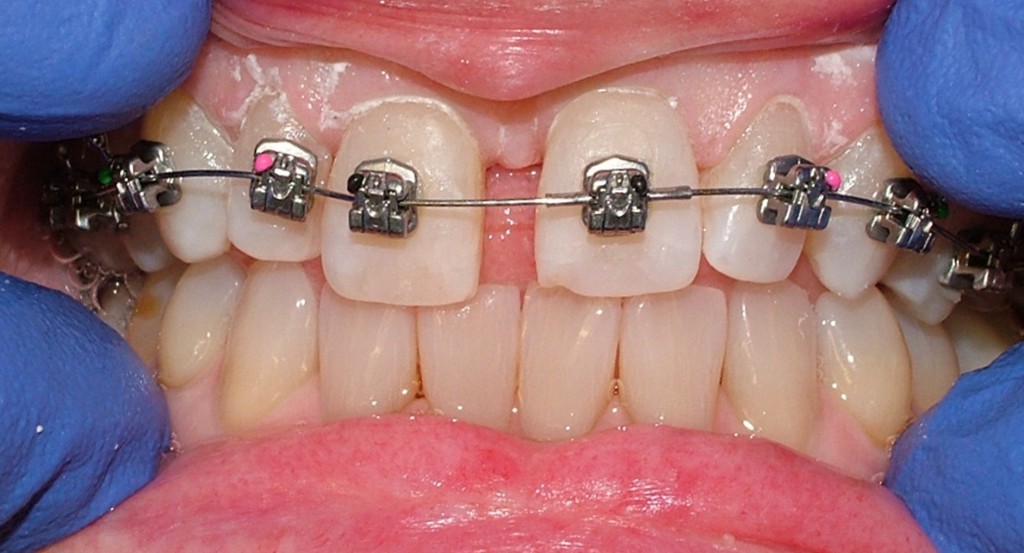 Now she is back to the bite she always had and almost ready to have her braces off.
Now she is back to the bite she always had and almost ready to have her braces off.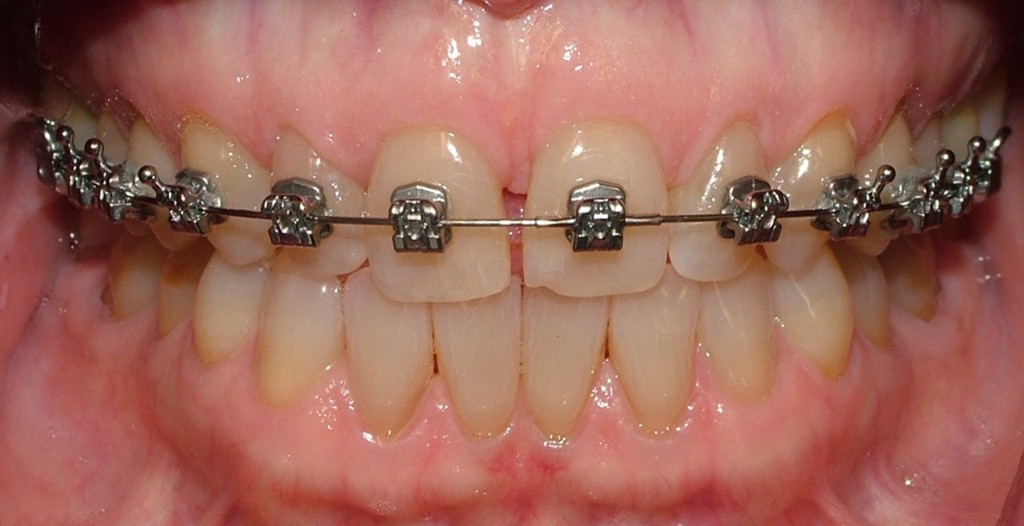
Case #3
At Home Depot, this patient was hit in the face when something fell off a high shelf. The dentist rigidly splinted his teeth back in place:

Dental Treatment vs My Ortho Treatment
Again the endodontist referred the patient to me to help him achieve the healthiest and best result. Here you can see the the braces are not just locking the teeth into a poor position but acting to stabilize and improve the bite at the same time.
Case #4
This young man was in the outfield at his baseball game when he lost the high fly ball in the sun. It came down and hit him right in the face. Thankfully he was already in braces. The braces likely saved his teeth from being avulsed.
 After thoroughly examining his hard and soft tissue I helped him get comfortable with anesthesia, then re-positioned his teeth and placed a new light gentle force arch wire into his braces. You can see how they quickly corrected!
After thoroughly examining his hard and soft tissue I helped him get comfortable with anesthesia, then re-positioned his teeth and placed a new light gentle force arch wire into his braces. You can see how they quickly corrected!
Case #5
Another high school baseball player gets routed to me on a late weekend evening. The baseball had hit him in the face and knocked out his front tooth.
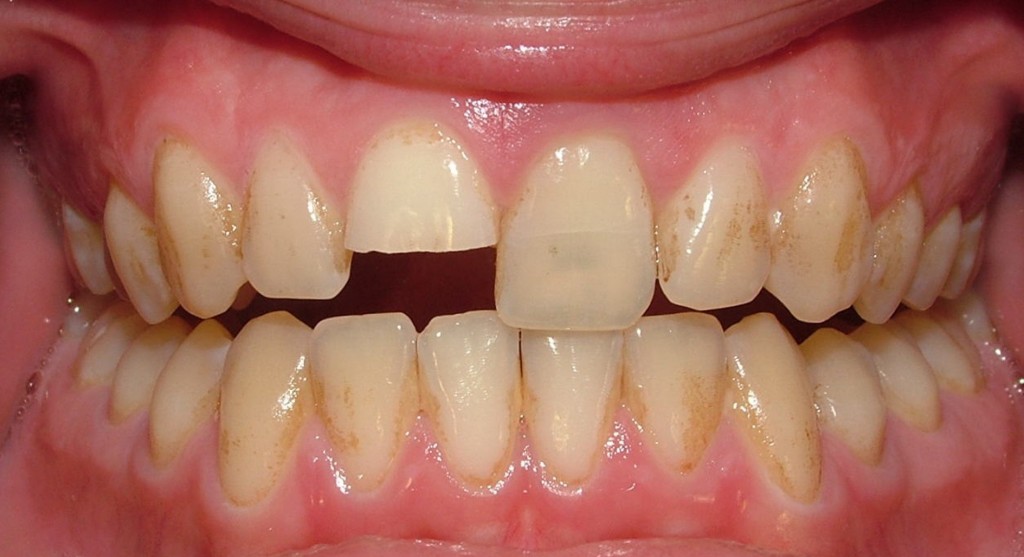 I built up his tooth with composite, placed his braces and tied in his light gentle arch wire. Now he had his gentle force splint in place and his bite improved in the weeks to follow.
I built up his tooth with composite, placed his braces and tied in his light gentle arch wire. Now he had his gentle force splint in place and his bite improved in the weeks to follow.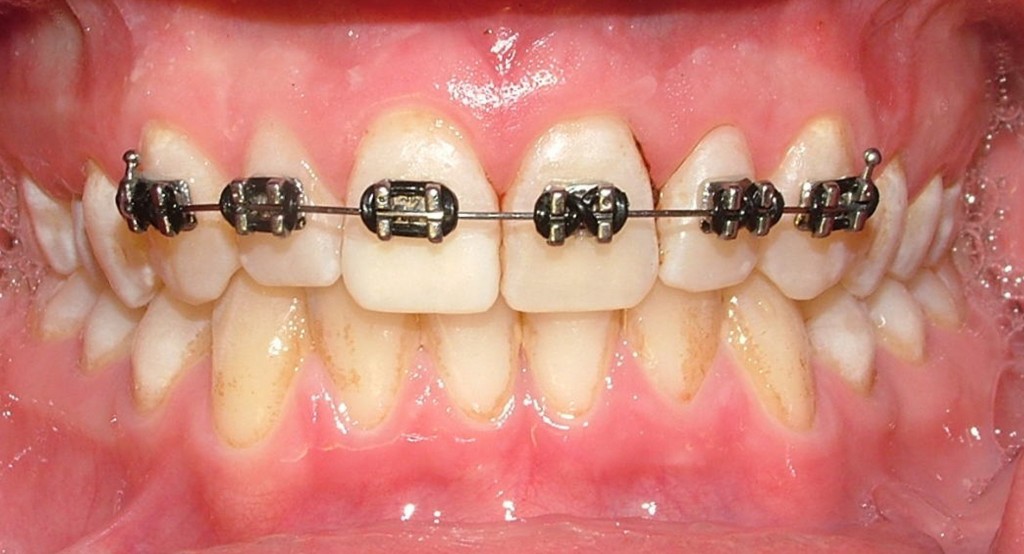 Soon we were able to take his braces off and he was back to where he started.
Soon we were able to take his braces off and he was back to where he started.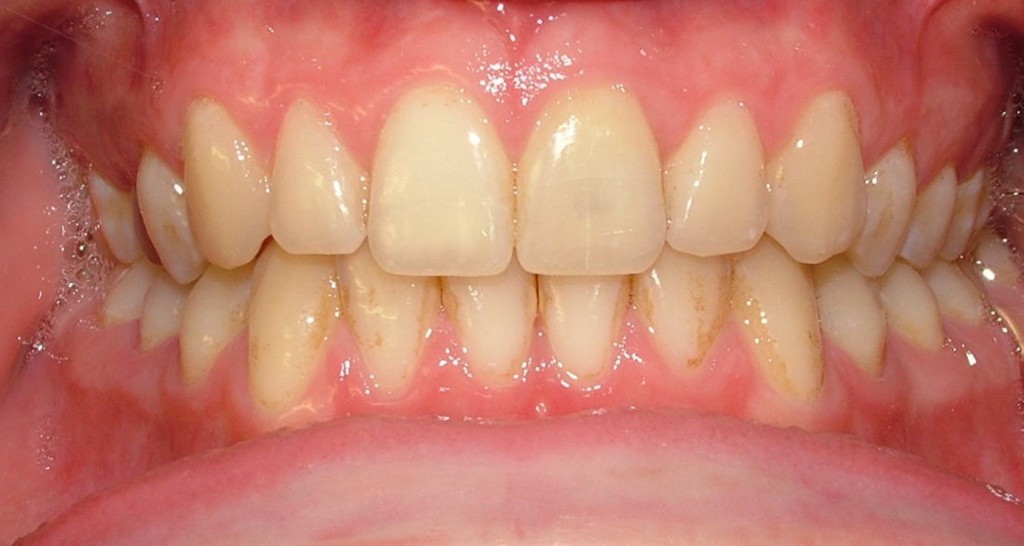
At Bruner Orthodontics, we recognize the risk of trauma to all of our patients that compete in contact sports. With the number of injuries that are reported each year it is clear that the best thing you can do for yourself or the athlete in your family is to get a mouthguard and wear it. We are committed to helping provide great oral health for everyone. In fact, if you can’t afford to get a mouthguard give us a call. We provide free mouth guards to not only our patients but to all athletes in our community.
Dr. Matt Bruner and Dr. Lindsey Helgen run a world class orthodontic practice in Redmond and Duvall, WA. If you or someone you know is in need of orthodontic care please give us a call at our office: 425-883-3353. Now be safe and wear your mouthguard!


 Bruner Orthodontics 2016 |
Bruner Orthodontics 2016 |